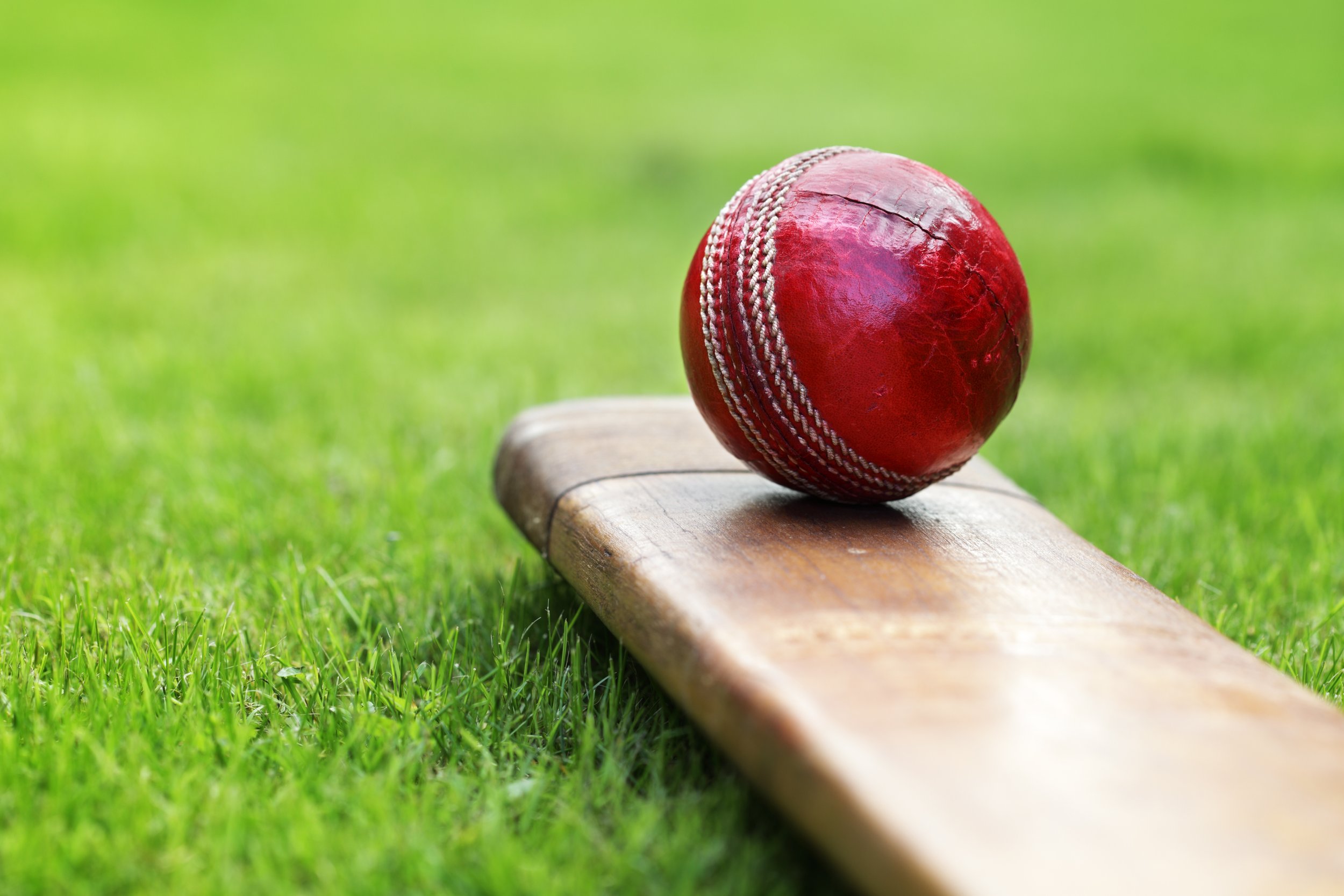The BackPage Weekly | An independent regulator for cricket: what might this tell us about the future of the regulation of sport in the UK?
By Kieran Mercer and Andrew Nixon
🏏 Intro
Following the highly publicised issues of discrimination in cricket brought to public attention most by former Yorkshire and England bowler, Azeem Rafiq, the England and Wales Cricket Board (the “ECB”) established the Independent Commission for Equity in Cricket (the “ICEC”) in March 2021.
The ICEC published its Report addressing inequity in cricket in June of this year. The Report focussed on investigating systemic issues and found that the game was blighted by structural and institutional racism, sexism and class-based elitism. In response to these findings, the ECB announced in late September a plan of action aimed at creating a culture of inclusivity and broad-based opportunity within the sport. Whilst the measures announced to tackle discrimination and improve access to opportunity in cricket are very much welcomed, the focus of this article is on the mooted changes to the regulatory landscape and whether this is part of a developing trend across sport in the UK.
🏏 An independent regulator for cricket
The most seismic change announced by the ECB is the establishment of an independent regulator for cricket (the “Cricket Regulator”) which will sit outside the organisational structure of the governing body and shall have no reporting obligations to it. Instead, the Cricket Regulator will be supervised by the independent Cricket Regulatory Board which will have budgetary autonomy. The Cricket Regulator will undertake investigations and enforce the sport’s regulations with a focus on anti-discrimination, anti-corruption, anti-doping, misconduct and safeguarding. To ensure its independence and to prevent any interference in its functions by the ECB, the Cricket Regulator shall be externally audited annually to confirm that the ECB has had no involvement in its investigations or influence over its regulatory caseload. The Cricket Regulator is expected to be constituted before the start of the 2024 season.
🏏 A general move towards independent regulation in the UK?
The decision to create the Cricket Regulator has not happened in isolation. It has followed a similar path to that of recent regulatory developments in English men’s football insofar as it is reactionary, albeit a reaction to different issues (in the case of men’s football, it was the attempt to create the European Super League and the financial precarity of lower league professional clubs, exposed by COVID-19, which provided the impetus).
That path starts with public scrutiny, which reveals that (or creates the impression that) the sport’s governing body and regulatory apparatus is either indirectly complicit in the wrongdoing or unable to effectively self-correct. Men’s football was, for example, examined in detail by the Crouch Review which, much like the ICEC Report, identified resounding need for regulatory reform and the proposed solution was independent regulation.
Whilst the make-up and operational scope of the Cricket Regulator and Independent Football Regulator (the “IFR”) will inevitably be different (the IFR is, for instance, backed with statutory powers) the underlying principle of taking certain and bespoke regulatory functions away from governing bodies, which have traditionally regulated their sports, is the same.
🏏 Which sport (if any) will be next?
It is not currently clear if the introduction of the Cricket Regulator and the forthcoming IFR (discussed in this BackPage piece) is part of a sea change. However, if there was another individual sport which was set to follow suit, professional rugby union may be a strong candidate.
Following the administrations of Worcester Warriors and WASPs there were calls from within the game for an independent regulator, focused primarily on clubs’ finances and financial reporting. Whilst that is yet to materialise, the government has intervened, in a limited fashion, following London Irish entering administration in June 2023. The intervention involved appointing two independent advisors to work alongside the RFU and PRL on securing the financial stability of the professional game. It is of course hoped that rugby union’s finances can recover (like many sports, COVID-19 impacted the game significantly), but the calls for independent regulation are unlikely to go away. Indeed, at the time of writing, Jersey Reds, the Championship club, look set to be liquidated having ceased trading and failing to secure state funding, another timely reminder of the issues facing the sport.
🏏 Comment
Historically, the UK government has taken a non-interventionist approach in relation to the sports sector, preferring to allow sports governing bodies to ‘get on with it’, whilst at the same time seeking to influence, indirectly, by the control of the purse strings (through Sport England and UK Sport): this is often referred to as the ‘public-private partnership’. So, it has been interesting to observe the recent change in approach.
Indeed, the question may shift not necessarily to “which sports” but which “areas” will be next. For example, there is a strong body of opinion that safeguarding, and athlete welfare, are specific matters that should be looked at, with a view to taking responsibility out of the hands of sports governing bodies on the basis that many sports governing bodies have neither the resources nor expertise to regulate these highly sensitive areas. The new Cricket Regulator – given its broader remit, which includes safeguarding – may well provide a blueprint.
